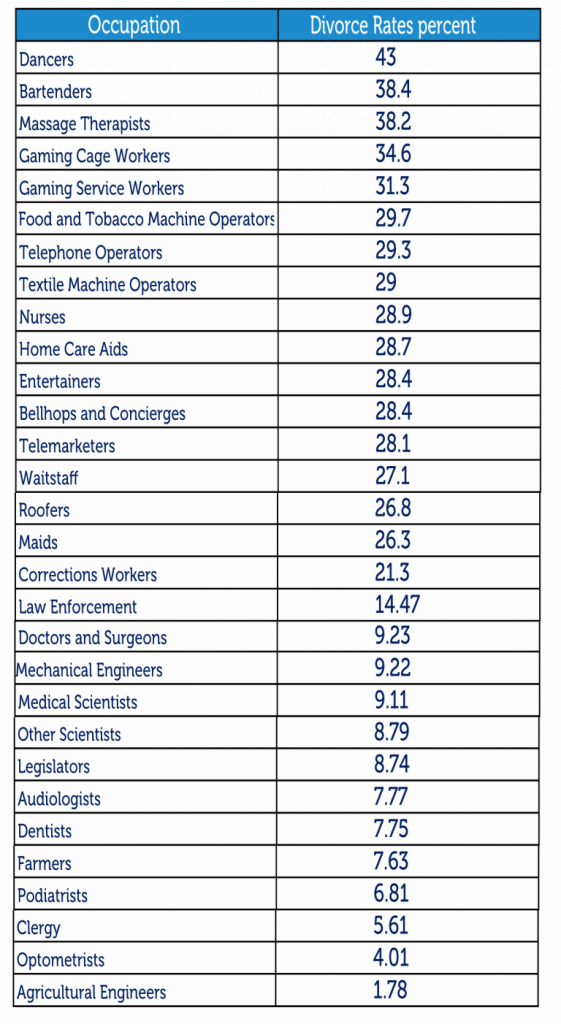
How to Jumpstart an L&D Career?
Discover the path to becoming a proficient learning and development professional with expert tips and actionable insights.

We’ve collected the most recent divorce statistics that paint a clear picture of the institution of marriage in the U.S. Moreover, we’ve included additional data and research on the topic that sheds light on the most common causes for divorce in our society.

Browse our curated list of vendors to find the best solution for your needs.
Subscribe to our newsletter for the latest trends, expert tips, and workplace insights!

Discover the path to becoming a proficient learning and development professional with expert tips and actionable insights.

Discover the significance of HR software in fostering employee engagement and implementing an efficient employee retention strategy through these job satisfaction statistics.

Transform your workplace with HR strategies designed to boost employee engagement, drive productivity and job satisfaction, and foster a culture of growth and success.

Uncover employee recognition program policy’s potential to impact an organization’s work culture. Recognize employees for their work and achievements to build a culture that attracts top talent, where engagement thrives, and where employees are motivated to do their best.
Used by most of the top employee benefits consultants in the US, Shortlister is where you can find, research and select HR and benefits vendors for your clients.
Shortlister helps you reach your ideal prospects. Claim your free account to control your message and receive employer, consultant and health plan leads.